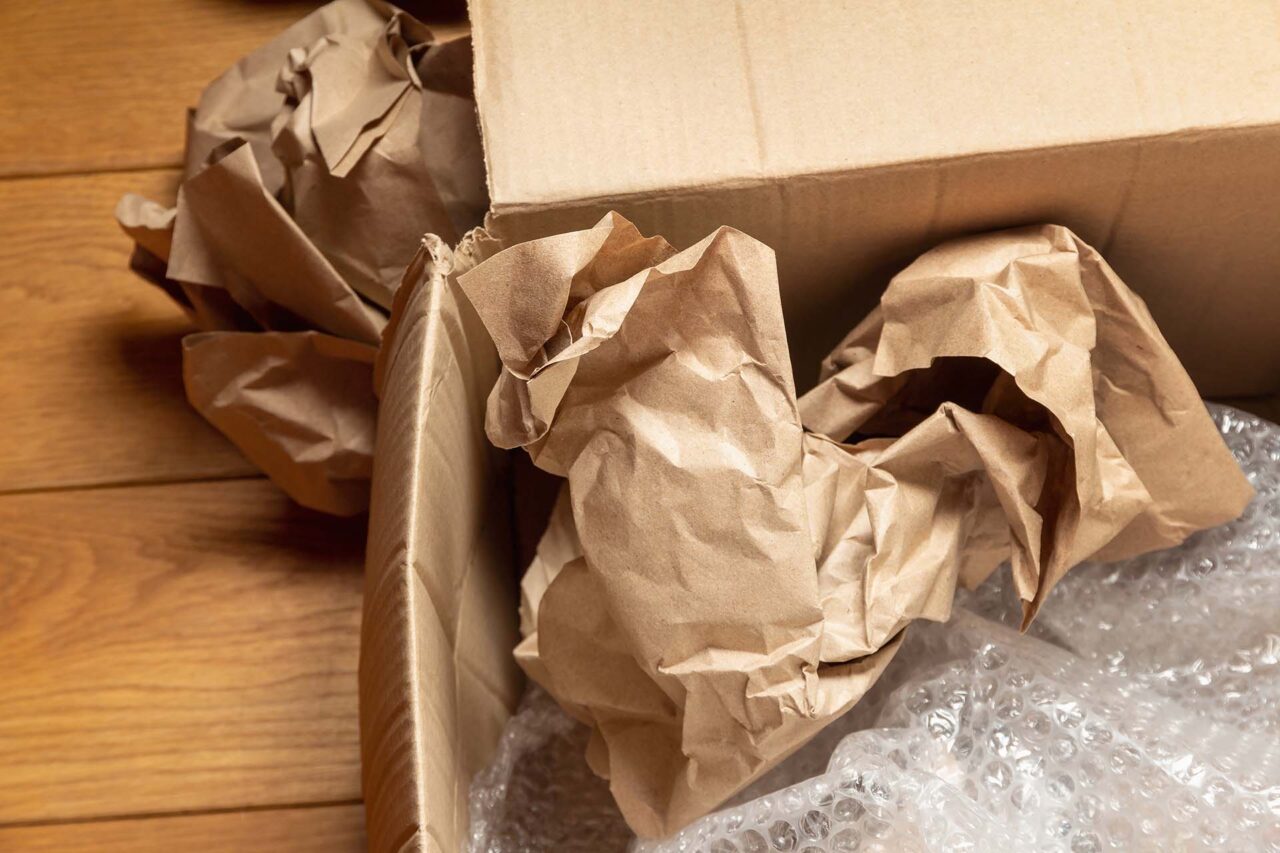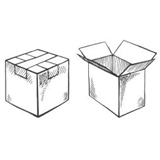

Moving to a new home marks an exciting chapter in life, offering a fresh start and new opportunities. Yet, amidst the thrill of settling into a new space, the moving process can feel overwhelming. From packing up years of belongings to navigating logistics, long-distance moving comes with its share of challenges. Without proper planning, it’s easy to feel stressed and disorganized.
Thorough preparation, however, can transform the moving experience from a source of anxiety into a smooth, efficient process. With the right strategies in place, the transition can be as seamless as it is exciting. This guide is designed to help you tackle every step of the move with confidence, leveraging insights that ensure a hassle-free journey to your new home.
Moving To a New Home Starts With Pre-Move Preparations
No matter what, good preparation will make even the most stressful of processes a bit easier. So, why not make the cross country relocation easier a bit? It is all about polishing little details and putting important tasks on paper. Because once you start the moving process and things start to unfold, you will be a lot more peaceful knowing that all the important things are written down and won’t be forgotten.
Decluttering and Inventory Management
One of the first steps to simplifying your move is decluttering. Moving offers the perfect opportunity to evaluate what you truly need and let go of items that no longer serve a purpose. Here are some effective strategies:
- Sort and Categorize: Begin by organizing your belongings into categories – keep, donate, sell, or discard. Focus on practicality and sentimental value while eliminating clutter.
- Host a Garage Sale: For items in good condition, consider holding a garage sale or using online platforms to sell them. This not only reduces the load but also adds some extra cash to your moving budget.
- Donate to Charities: Clothes, furniture, and household goods can find new life through donation centers or local charities.
- Create an Inventory: Once decluttering is complete, document all items you plan to move. A detailed inventory will help you keep track of your belongings and streamline unpacking later.
Choosing a Cross-Country Moving Method
Your next major decision is selecting how you’ll move your belongings. You can choose between a do-it-yourself approach or hiring professional long-distance movers, depending on your circumstances. However, keep in mind that hiring a long-distance moving company comes with a wide range of benefits.
For more extensive moves or cross-country relocations, enlisting professional movers like East Coast West Coast Movers is often the better choice. Professional long-distance moving services handle everything from packing assistance, transport, and even specialty items like pianos or antiques, ensuring your move is efficient and stress-free. Furthermore, our cross-country movers offer auto transport services and allow our customers to use modern storage units.
Auto Transport
East Coast West Coast Express ships all kinds of vehicles, regardless of their shape, size, price, or weight. From scooters to trucks, if you need it shipped, we can do it.
Read MoreScheduling and Budgeting Will Make Everything Less Stressful
Creating a moving schedule and budget is essential to stay on track and avoid unexpected costs. Outline tasks week by week leading up to moving day. Include milestones like booking cross-country movers, packing specific rooms, and arranging utilities at the new home. Account for moving expenses such as packing materials, truck rentals, mover fees, and deposits for utility services. Set aside a contingency fund for surprises like last-minute repairs or unplanned delays.
 Set up your primary goals and put them on the list
Set up your primary goals and put them on the list
Having a Packing Strategy Will Make the Process More Efficient
Before anything else, when it comes to packing, you need to get all the right supplies. They will ensure the process goes without a hitch and that the items being handled are perfectly safe during the transport. That being said, the first step is gathering packing supplies:
- Sturdy cardboard boxes in various sizes
- Packing tape and dispensers
- Bubble wrap and packing paper for fragile items
- Permanent markers for labeling
- Plastic wrap for furniture protection
Consider opting for professional packing services from companies like East Coast West Coast Movers, which often include premium materials in their packages.
After you get the supplies you can employ one of many approaches to packing. For example, – the room-by-room approach means packing one room at a time to maintain organization. Begin with non-essential areas like guest rooms and seasonal storage before moving to daily essentials. Another way is a label and color-coded packing. This way you label each box clearly with its contents and the room it belongs to. Use color-coded stickers or tape for quick identification during unpacking.
Handling Fragile and Valuable Items Requires Extra Care
Now for the tricky part. Let’s say you have many fragile items to pack, it will require some extra steps in order to protect them during the transport. For example, packing plates for moving will be significantly harder than boxing up shoes. It will require additional layers of protection. That’s why when handling delicate items, you should:
- Wrap Individually: Wrap glassware, ceramics, and electronics with bubble wrap or padded paper. Use dividers for items like plates to prevent breakage.
- Use Specialty Boxes: Consider wardrobe boxes for clothing, mirror boxes for large frames, and dish packs for kitchenware.
- Insurance Options: For irreplaceable valuables, explore additional insurance coverage offered by your moving company.
By starting with these foundational steps and leveraging professional moving services tailored to your needs, you can set the stage for a stress-free move. Stay tuned for the next part of this guide, which will cover moving day essentials and post-move activities.
 Handling fragile items requires more steps
Handling fragile items requires more steps
Prepare Moving Day Essentials
Moving day is the culmination of all your preparation and planning. It can be hectic, but with a solid strategy in place, you can ensure everything goes smoothly. Staying organized and focused will help reduce stress and allow you to focus on transitioning to your new home.
You Will Coordinate With Long Distance Movers
Clear communication with your cross-country movers is critical to a seamless moving day. You should provide them with directions. Ensure the movers know exactly where they’re going and have clear instructions for parking and unloading. Share contact information to facilitate communication in case of delays or issues.
Reconfirm the timing, scope of services, and payment details with the movers before they start. Having a printed copy of the moving agreement on hand can also be helpful. And finally stay present during loading and unloading to oversee handling and address any concerns immediately.
Do the Final Checks After the Movers Are Gone
Before leaving your old residence, conduct a thorough walkthrough to ensure nothing is left behind. Inspect every room – Check closets, cabinets, and storage areas for overlooked items. Make sure that utilities are turned off. And if necessary, leave keys and and any necessary instructions for the new occupants.
 When East Coast West Coast Movers leave do the final check of the house
When East Coast West Coast Movers leave do the final check of the house
There Will Be Some Post-Move Activities
The hard part might feel over once you’ve arrived, but settling into your new home involves essential follow-up tasks. Completing these quickly will help you feel at ease in your new space. Before unpacking, inspect your new home thoroughly.
- Check for Damages: Look for signs of wear, leaks, or damage that may have occurred during the previous occupancy or move.
- Document Issues: Take photos of any damages and report them to the landlord or property management immediately if renting.
- Test Appliances: Verify that all major appliances, outlets, and fixtures are functioning properly.
 When you relocate check the condition of the new house
When you relocate check the condition of the new house
Hire East Coast West Coast Movers And Relocate Without a Fuss
Moving to a new home is a major milestone filled with opportunities for growth and excitement. By carefully planning each step—from pre-move preparations to settling into your new neighborhood—you can transform what might feel overwhelming into a manageable and rewarding experience.
Remember, moving is more than just a logistical task; it’s a chance to create a fresh start in a new environment. Embrace the journey, and take pride in the effort you’ve put into making your new house a home. Give our East Coast West Coast Movers a call, book your move, and start your stress-free process ASAP.









